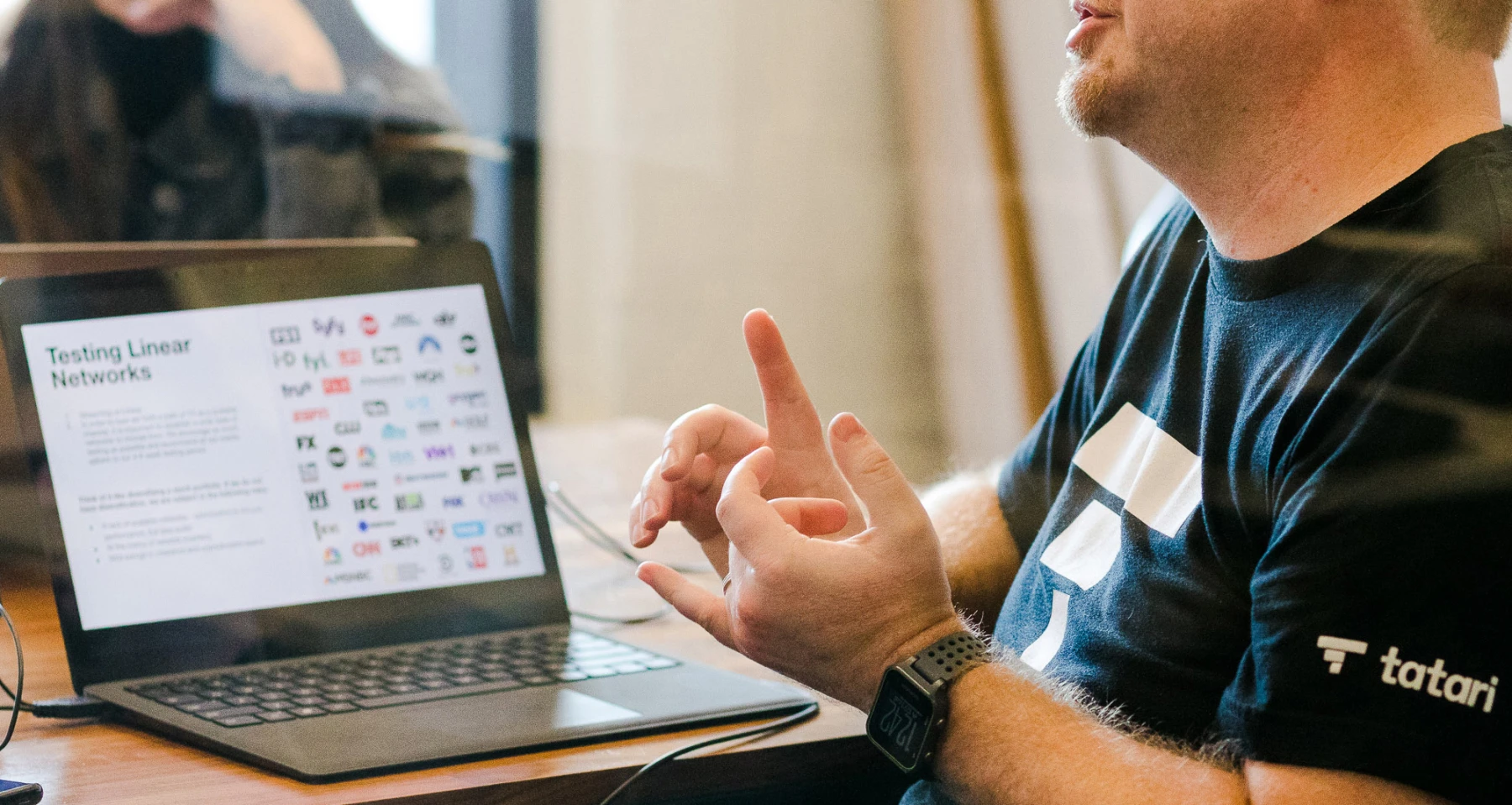
Targeted vs. ROS Campaigns: Which is Best for Your Brand?
A “Run of Schedule” media buy (aka ROS) is one where a network/publisher places a brand’s advertisement across a variety of dayparts, demographics, and programs. This buy reaches a wide range of audiences, but an advertiser has limited say in where (or when) their ads are run.
Conversely, a targeted media buy gives a brand more control over where its ad is placed. This type of buy allows brands to filter out certain shows, genres, demos, or time periods that they feel will not be impacted by their campaign—instead focusing their efforts on the audience they think has the highest propensity to purchase their products. This buy reduces the scope of audiences an ad will reach, and intuitively is a bit more expensive.
Many of our clients come to Tatari with a firm grasp of their target audience; uncovering which consumers are most likely to engage with their brand by testing multiple audiences in their paid social advertising efforts. Others lean on Tatari’s advanced data capabilities to test, learn, and ultimately uncover the audience most suited for their products and services. Both sides often arrive at the same conclusion: a richly targeted campaign is the most effective and efficient way to drive lower-funnel impact. But this isn’t always the case…
To Target, or Not to Target
Tatari recently analyzed the performance of three clients who were running targeted and ROS campaigns at the same time, with the same creatives. The goal was to see if one media buy performed better than the other in a controlled environment.
In the chart above, we see that the targeted campaign delivered a lower response rate (website visits) than the respective ROS campaign for Company X, similar results for Company Z, and slightly higher results for Company Y. So while some clients opt to pay higher CPMs for targeted streaming campaigns (upwards of 20% more for demo & genre, 50% more for geography) in order to hit their target demo, it’s evident that the outcomes of each buy are entirely company and campaign-specific.
Impact on Conversion Rates
Taking this a step further, we looked at Company Z—which, as detailed above, saw similar response rates across both buys—to see if targeted campaigns produce a higher conversion rate (purchases) than ROS.
Contrary to popular belief, we found that Company Z actually saw a lower conversion rate for targeted campaigns compared to ROS. While this may seem counterintuitive, we frequently see this when brands deploy campaigns with multiple targeting layers. The reason for this ties back to the fact that most campaigns are run with an impression guarantee—meaning a network/publisher is required to serve an ad x number of times to their viewers.
Targeted campaigns reduce the total audience size that these ads can be served to. If an advertiser has paid for a set number of impressions, and the audience pool is cut down via targeting layers, the only way a network/publisher can fill the impression quota is by increasing frequency; or serving the ad multiple times to the same individual.
If that person isn’t interested - or has already decided not to purchase the product/service being advertised, these valuable impressions are wasted. Running an ROS campaign, which allows the impressions to be spread out to a wider audience, will often solve this frequency issue.
Increasing Reach with ROS
An additional benefit of running ROS media comes in the form of increased reach. In the chart below, we see the total impressions served by each campaign type across our three clients. Impressions for ROS campaigns were nearly 2x higher for Company X, over 2x for Company Y, and a whopping 30x for Company Z.
As detailed earlier, Company Z actually saw a higher conversion rate with their ROS campaign vs. their targeted campaign - so not only was their ROS media less expensive, but it also increased their reach and produced a higher conversion rate and volume. The ability to expand reach, and (potentially) tap into a new audience ripe for conversions is a primary benefit to running a ROS campaign...and THAT is the beauty of TV advertising.
Tatari's Takeaway
While many brands see success with targeted campaigns, this is not a one-size-fits-all approach. Whether or not a targeted campaign will work better than ROS is entirely brand or creative-specific.
For brands new to TV - make sure you run a ROS campaign; even if you have a strong indication of who to target based on your social marketing efforts. Running a ROS campaign, either at the onset of your TV advertising efforts, or in tandem with a targeted campaign, will:
Help your brand reach a wider range of consumers; often revealing audiences that respond differently on TV compared to social (and who can then be added to your targeted campaign).
Give your brand a good baseline for overall campaign performance, as the ROS media can serve as a control group to the targeted buy.
In short, let these two media buys work hand in hand together. Test and learn what works for your brand, and optimize accordingly.

Nick Carlson
I’m a marketer who is fluent in movie quotes.
Related
Where to start? Choosing your first networks and publishers.
It's important to step away from demographics altogether and instead, build audiences based on the programs and networks that a brand’s current visitors or customers are watching.
Read more
Test or target? To find your TV audiences, do both
As the number of TV channels grows and audiences fragment, a measurement-based testing approach to ad-buying beats one based on targeting.
Read more
You Don't Need To Target Individuals To Drive Performance
Google’s move to shut down person-level targeting in its browser isn’t the end of performance marketing. Quite the contrary. It’s the redirect our industry needs to get back on track.
Read more


